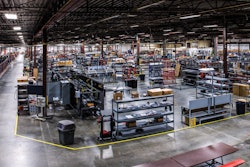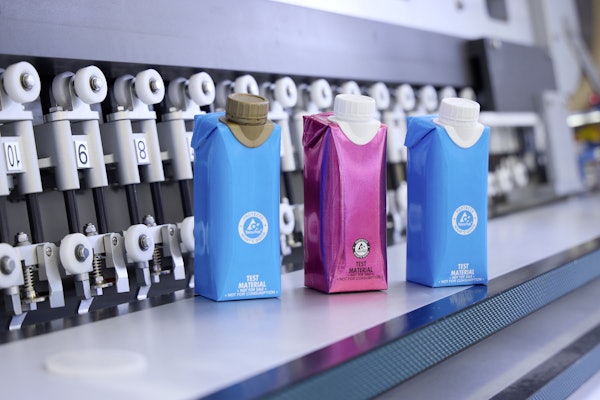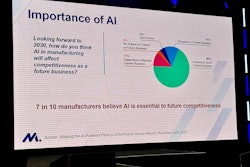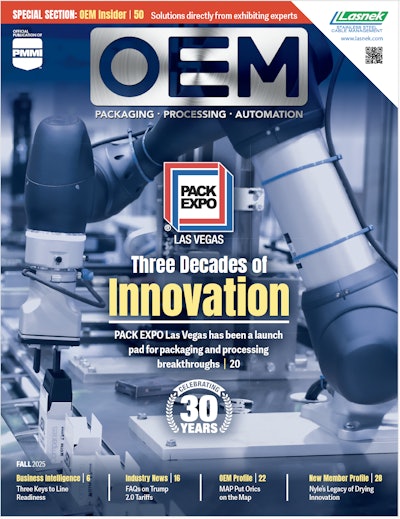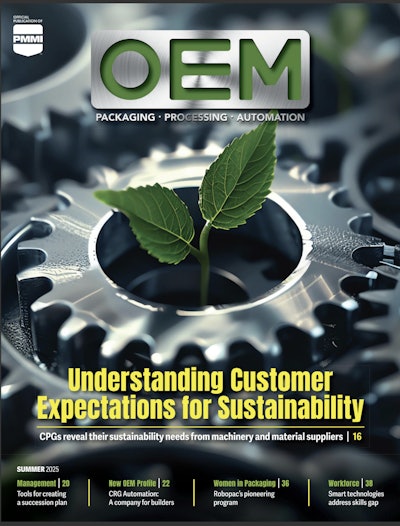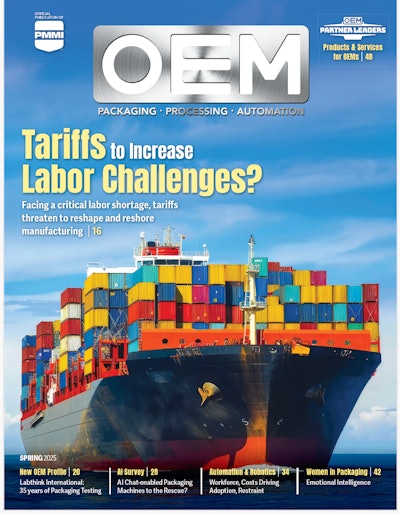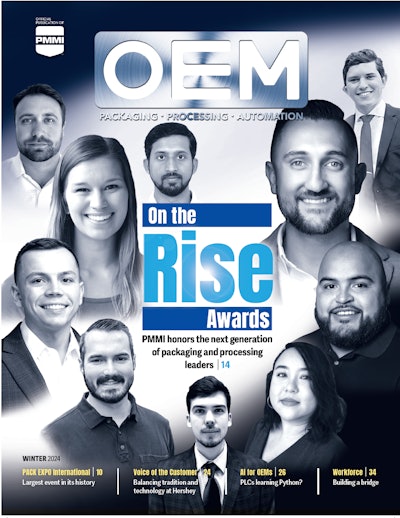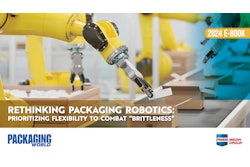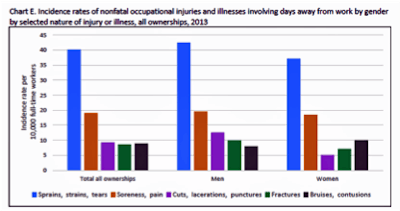
Musculoskeletal disorders (MSDs) are now the No. 1 type of workplace injury claims, and it’s likely to stay that way due to the kinds of tasks manufacturing workers perform. However, business owners overwhelmed by choices often make easy or convenient choices. Many might assume that workers’ compensation policies are all pretty much the same, which is certainly not the case. Some insurance carriers go well past minimum expectations to include preventive programs and incentives that work to create a “culture” of safety, ergonomics, and wellness.
Individual service platforms for carriers may include detailed investigations and assessments into injury claims, which then offer preventative programs to help avoid future claims. And some respond very differently when such an injury claim is filed. How a plan responds to an injury claim can be critical to an operating budget bottom line, and how a company responds can either reduce future exposure and liability—or compound it.
Repetitive tasks and repeat injuries
With automation and robotics technologies advancing at rapid pace, it’s easy to forget that many jobs in manufacturing, production, and construction are still hands-on operation. The U.S. Bureau of Labor Statistics reports 650,000 work-related musculoskeletal disorders (WRMSDs) occur annually, resulting in costs to employers of over $20 billion. These costs include workers’ compensation and medical expenses, the latter of which are increasing 2.5 times faster than benefit costs. In fact, $1 of every $3 of workers’ compensation costs are spent on occupational MSDs, and a typical claim costs $29,000 - $32,000 per year.
With ergonomic injuries from repetitive tasks, there is often a vicious—yet wholly avoidable—cycle. The employee gets treated by an outside physician, they are released back to work, and they come back to a situation that causes the same injury again—or makes it even worse.
Compared to other injuries, MSDs offer the greatest opportunity to reduce incidents and costs with improved working conditions and better ergonomics. Amerisure Insurance, a carrier specializing in comprehensive insurance products designed to protect businesses as well as the health and safety of employees, backs up this observation with research. According to loss data collected by from 2011-2014 by Amerisure, 40.5% of all workers’ compensation claims could have been positively affected in some way by improved ergonomics, which translates to 26.7% of the total cost of all claims.

